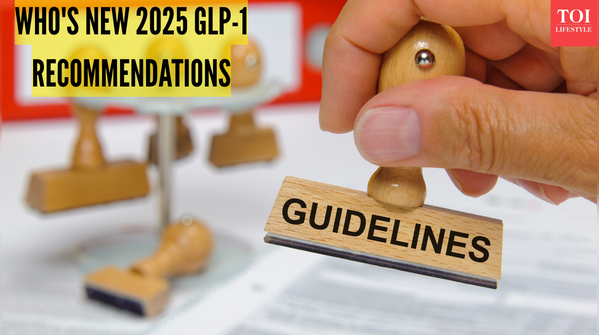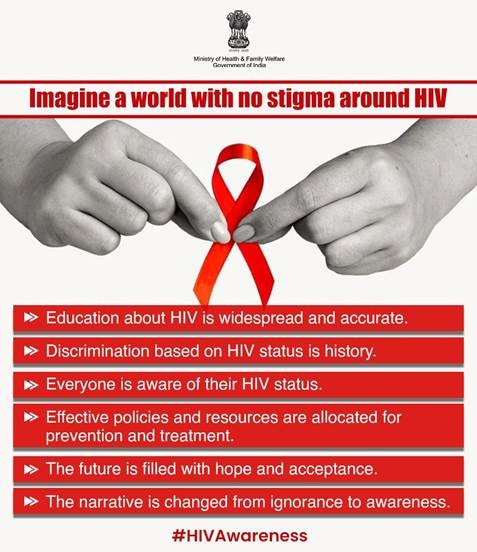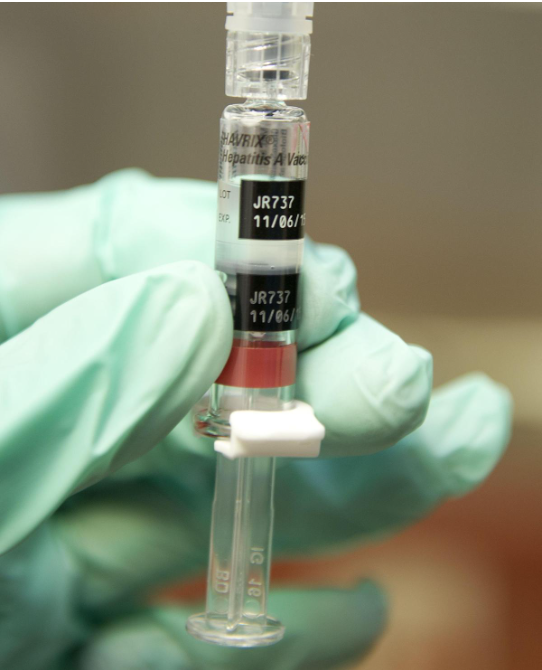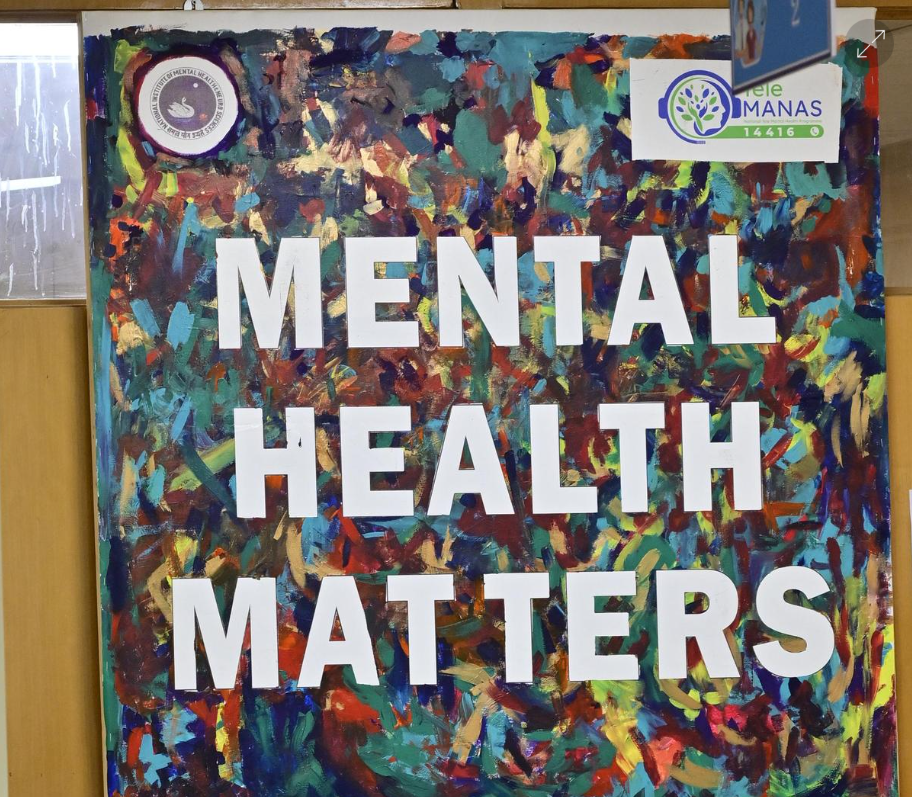



_5.0_.png)
_5.0_.png)
Copyright infringement not intended
Picture Courtesy: www.theceo.in
Context: Intensified Mission Indradhanush (IMI) 5.0, launched by the Union Ministry of Health and Family Welfare, is a crucial initiative aimed at enhancing routine immunization coverage across India.
Details
Intensified Mission Indradhanush (IMI) 5.0
About
Features
Significance
|
Status of Immunization in India ●India has significantly improved its immunization coverage, as indicated by data from the National Family Health Survey-5 (NFHS-5). Full immunization coverage among children aged 12-23 months increased from 62% in NFHS-4 (2015-16) to 74% in NFHS-5 (2019-20). This demonstrates substantial progress in ensuring that a larger proportion of children receive the necessary vaccines. ●The coverage of the measles and rubella vaccine also saw a notable increase, rising from 81% to 88% between NFHS-4 and NFHS-5. This signifies a focused effort on improving immunization against Measles and Rubella, key components in preventing these diseases. ●India's certification as polio-free by the World Health Organization (WHO) in 2014 is a significant achievement. This demonstrates the country's successful efforts in eradicating polio, a debilitating and potentially fatal disease, through widespread vaccination campaigns and surveillance systems. ●India has introduced new vaccines such as Rotavirus, PCV (Pneumococcal Conjugate Vaccine), and IPV (Inactivated Polio Vaccine) under the Universal Immunization Programme (UIP). These vaccines are crucial in protecting children from diseases like diarrhoea, pneumonia, and polio, contributing to the overall reduction of child mortality and morbidity rates. ●India began administration of COVID-19 vaccines on 16 January 2021. As of 4 March 2023, India has administered over 2.2 billion doses overall, including first, second and precautionary doses of the currently approved vaccines. |
Challenges Faced in Implementing IMI 5.0
Way forward to address the challenges and achieve full immunization coverage in India
Conclusion
Must Read Articles:
DPT3 IMMUNIZATION: https://www.iasgyan.in/daily-current-affairs/dpt3-immunisation
TYPES OF VACCINES: https://www.iasgyan.in/blogs/types-of-vaccines
|
PRACTICE QUESTION Q. What are the key objectives of Mission Indradhanush, and how has it contributed to improving immunization coverage in India? Discuss the strategies and challenges faced during its implementation, highlighting the impact it has had on public health outcomes in the country. |






© 2025 iasgyan. All right reserved